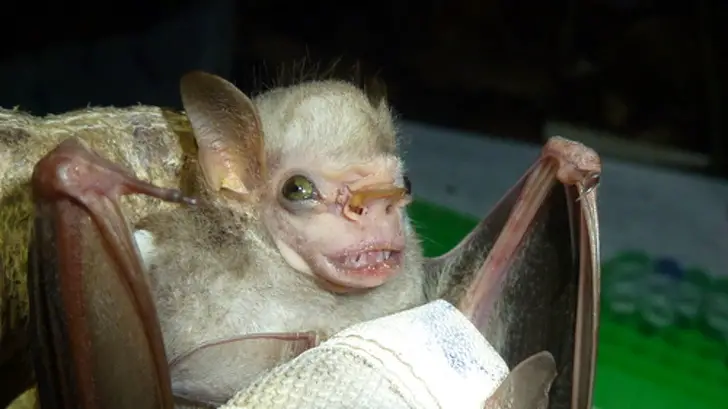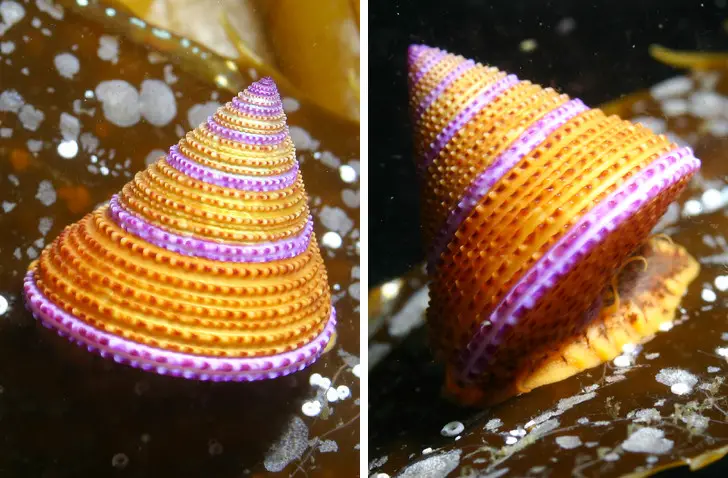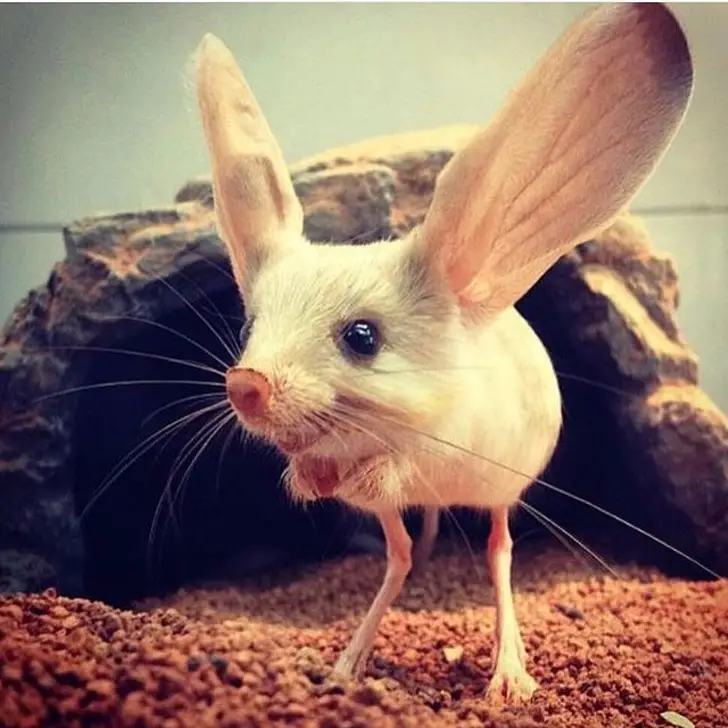Si alguien te pidiera describir a un cerdo, ¿qué imagen te vendría primero a la mente? Muchos responderían: “hocico rosado y cola enroscada”. Pero, ¿qué hay de 4 enormes colmillos? ¿O de unas crisálidas de mariposas, que más bien parecen unas joyas doradas? Algunos animales se ven tan poco comunes que es como si J. K. Rowling hubiera dejado caer accidentalmente su maleta mágica y al menos 20 criaturas fantásticas hubiesen salido de ella.
Hemos buscado a conciencia a cada uno de estos increíbles animales y los reunimos en este artículo.
Langaha madagascariensis o serpiente cabeza de hoja
Actias luna, de la familia Saturniidae
Águila harpía, de la familia Accipitridae
Babirusa, de la familia Suidae
Puercoespín enano peludo mexicano
Crisálida de mariposa de la especie Tithorea harmonia
Lepidobatrachus laevis
Sphaeronycteris toxophyllum, de la familia Phyllostomidae
Dugongo, un mamífero acuático único de su clase
Caracol de la especie Calliostoma annulatum
Chelus fimbriata o tortuga matamata
Planaria de cabeza de martillo
Hormiga de miel
Markia hystrix
Mosquero real de la familia Tyrannidae
Agama mwanzae, la lagartija Hombre Araña
Myobatrachus gouldii, de la familia Myobatrachidae
Jerbo de orejas largas
Budapest Short-faced Tumbler
Una cría y un ejemplar adulto de la cabra de Damasco

¿Qué animales poco comunes de este artículo te sorprendieron más?











